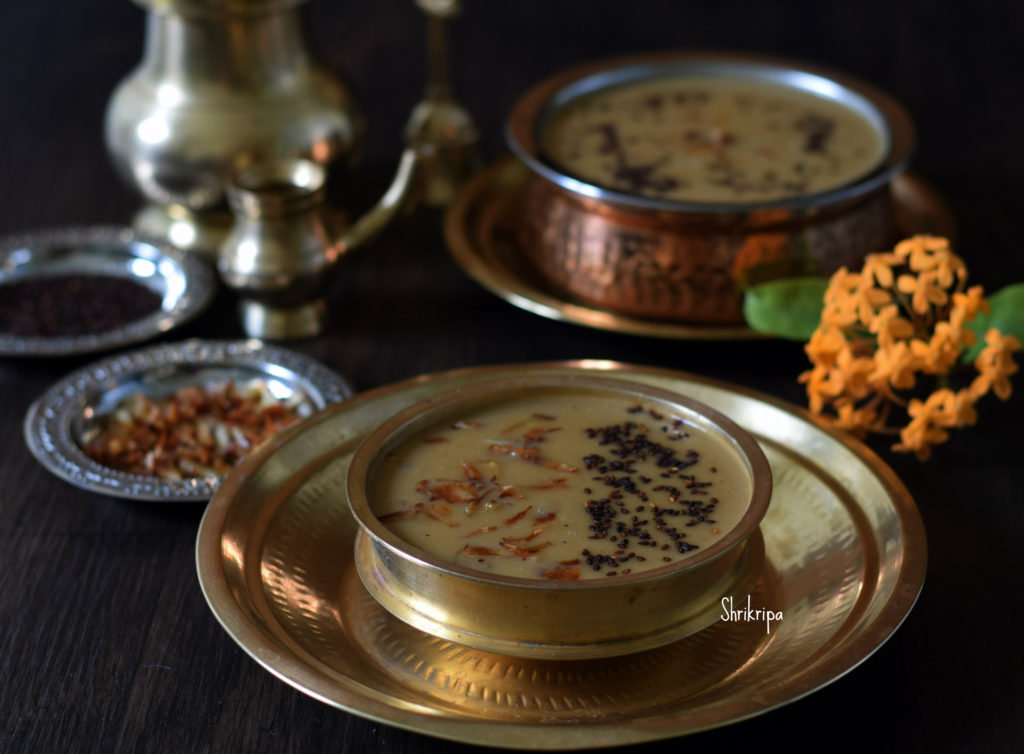Appakajjaya, also known as sweet Guliyappa or sweet Paddu, is a cherished delicacy in the coastal regions of Karnataka and Kerala. This traditional offering holds a special place in the rituals associated with Lord Ganesha, particularly during Gana-homa and Ganesha Chaturthi celebrations.
The preparation of Appakajjaya typically involves a blend of ground rice or rice flour, jaggery, banana, and coconut, resulting in a sweet, soft treat often served as Prasada in temples after offering to the deity as a naivedyam (offering). This dish represents the region’s culinary heritage and symbolizes devotion and gratitude towards the god.

In temples, devotees partake in “Appa Seve,” where they offer these delicious sweets to God, enhancing the spiritual experience of the occasion. The unique flavour and texture of Appakajjaya make it a beloved choice among devotees, reinforcing its significance in the cultural and religious practices of the area. In this blog post, we will explore the reparation method of Appakajjaya in the vibrant traditions surrounding Ganesha worship.
You can smell these beauties in any Ganesha temple in our region, cooking early in the morning or evening, and it was a trip down memory lane to my childhood to gobble these exquisite, ghee-soaked “treats” in no time.
Ingredients:
Rice – 1 cup
Overripe banana – 1 big or 2 small sized
Jaggery – ½ cup
Cardamom – 1
Fresh grated Coconut – 1 small cup
Ghee – as needed
Method:
-Soak Rice for 3 to 4 hrs. Drain the rice while grinding the batter.

-make a jaggery syrup with very little water and boil nicely until the jaggery melts completely and its raw smell vanishes. Sieve the syrup, remove all the impurities, and keep it ready.
-Now, dry grind the rice, add jaggery syrup, banana, coconut, and cardamom, and grind it into a not-so-smooth batter. Mix in 2 tsp of ghee and mix well or beat well and

-Allow the batter to ferment for at least 2 to 3 hrs. It results in the porous and soft Appakajjaya.

-Prepare the guliyappa in Paddu tawa by heating it and using ghee. Offer these guliyappa to lord Ganesha or have it as a snack.

































